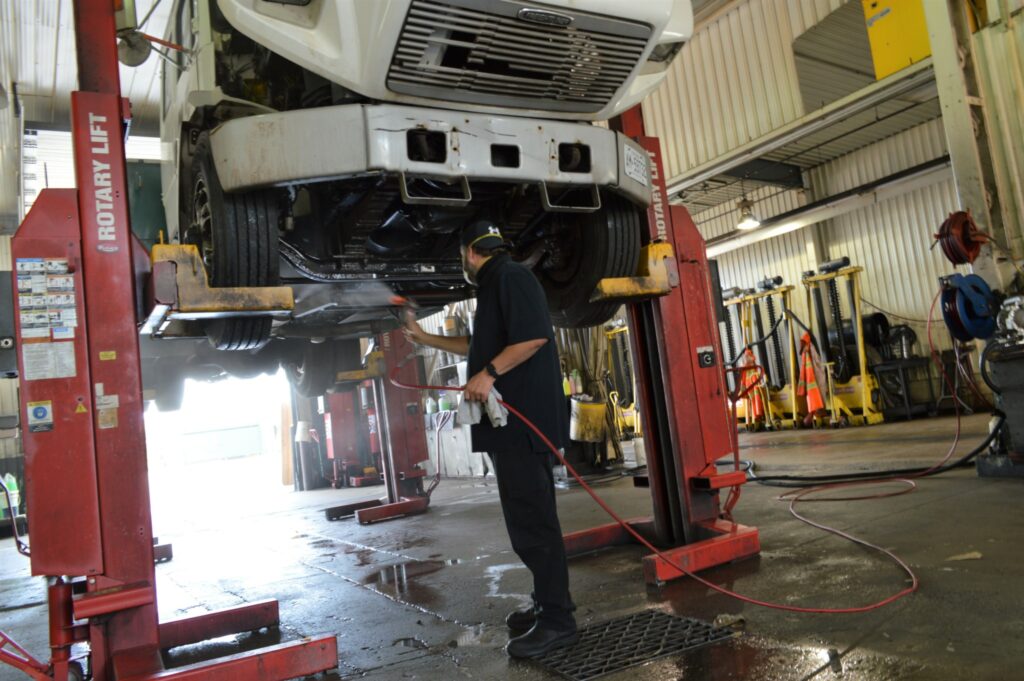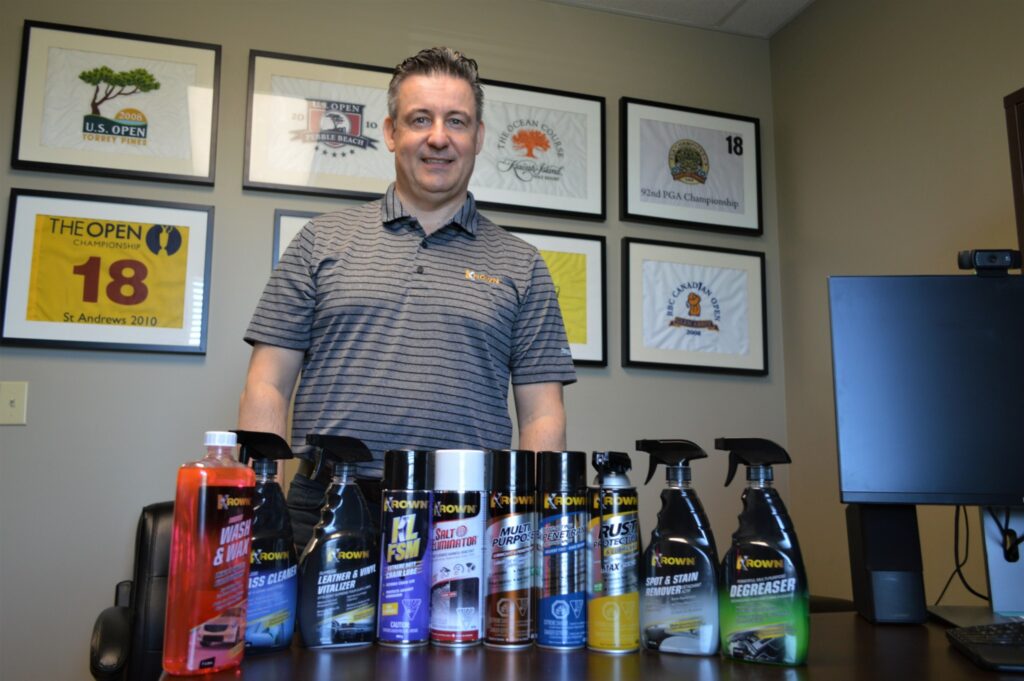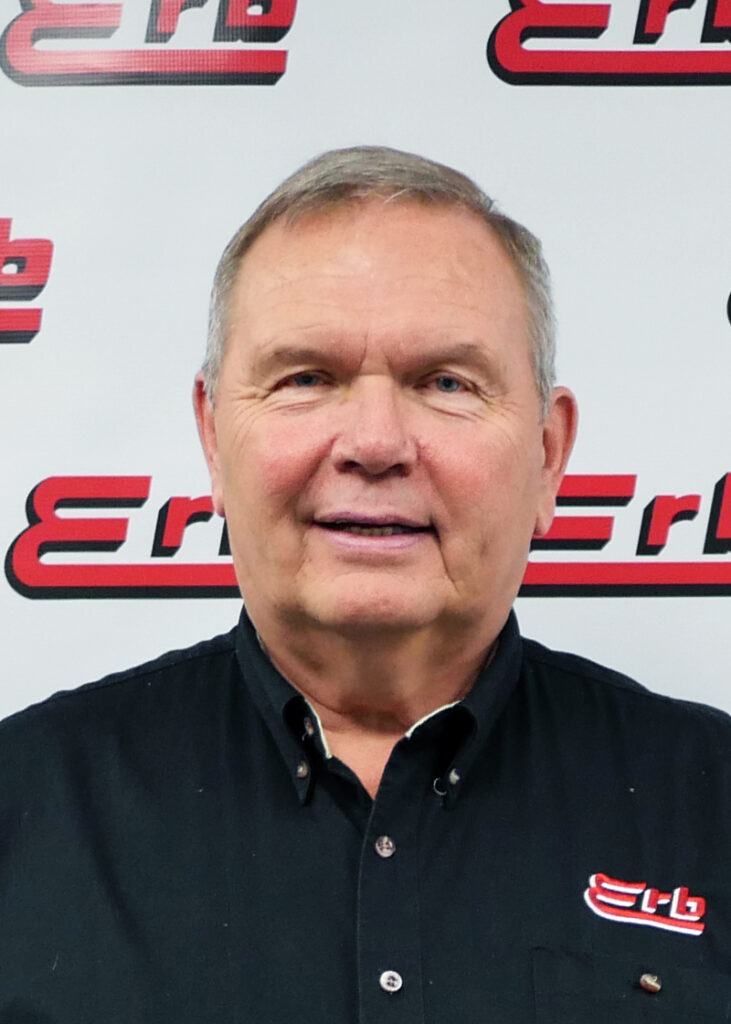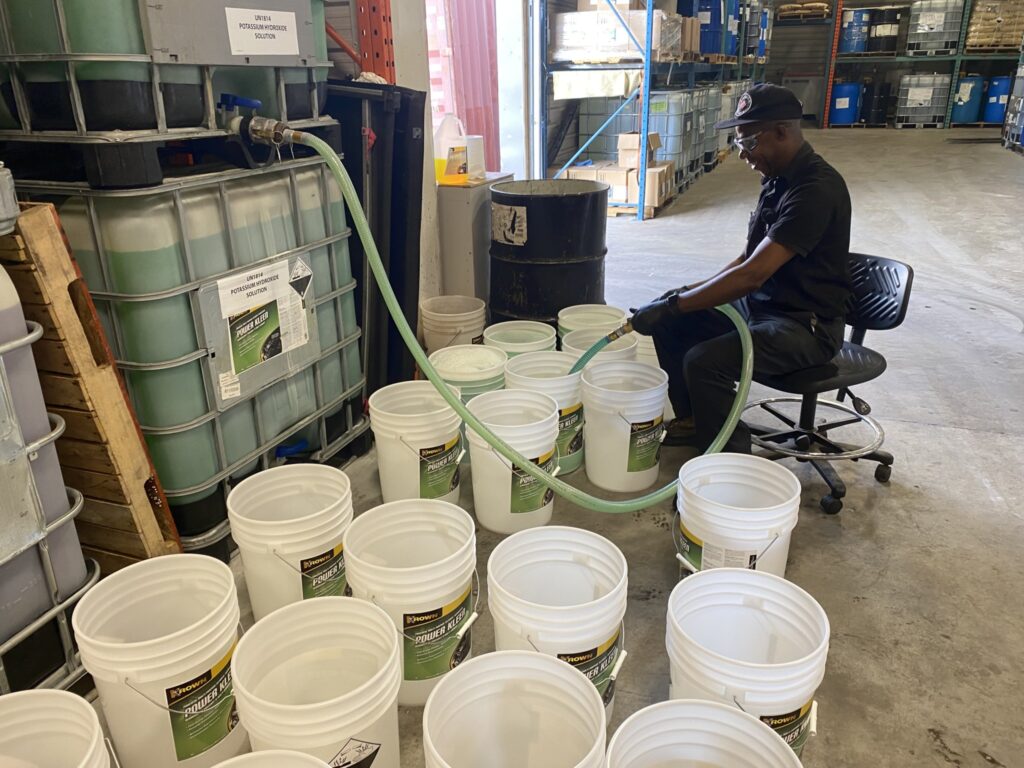Protection, cleaning help battle corrosion
As trucks begin their seasonal treks through icy and snow-covered roads, fleets renew the battle against the corrosion that perpetually gnaws at their equipment. But how much do you know about the underlying reasons behind it?
Corrosion is a chemical reaction that includes an exchange of electrons and is referred to as an electrochemical process, explains University of British Columbia professor Edouard Asselin.

That requires four individual factors. An anode, which is a metal like iron or aluminum; a cathode, usually oxygen reacting on the metal surface; an electron path, because metals are conductive and allow electricity to flow; and contact with humidity, which includes an electrolyte like water with dissolved salts or minerals.
The salt or chlorides used to de-ice roads in the cold months aren’t what cause corrosion, adds Trevor Hutcheson, director of heavy-duty and transit at Krown in Schomberg, Ont. “The moisture causes the corrosion. The salts accelerate the process.” What results is the powdery, grey or silver dusting that forms on equipment.
Krown’s philosophy is if moisture is removed, corrosion can be prevented from continuing to occur, he says.
It all represents the number one issue affecting transportation equipment, says Jim Pinder, Erb Transport’s senior corporate fleet director of maintenance.
With 550 tractors, 150 straight trucks and 1,100 trailers to maintain, he says it comes down to cost management and dependability of the fleet. Frames, axles, and housings that are treated regularly — and where the paint is maintained — look a lot better.
Asselin says corrosion of some metals is slower in certain environments. In some cases, corrosion move so slowly as to be negligible.
For example, keeping a metal in a dry environment with very low or no humidity will eliminate the problem completely.
Coating metal with a polymer (plastic or paint) to reduce contact with humidity is equivalent to keeping the metal dry. But coatings often contain pores or other defects that can allow moisture to get in.
Knowing how to control the underlying factors can lead to more complex methods to reduce corrosion, like galvanic protection, Asselin says.
Permanent and temporary coatings are used for such protection. A permanent coating would be a paint, wax or tar — something designed to be applied once. That is neither rust protection, nor maintenance. It may be considered rust-proofing or sound deadening, Hutcheson says.

While it is intact, it is fine. Once the coating is breached, it will start to rust, he adds.
Temporary coatings consist of mostly a petroleum-based product. This does not inhibit the rust but acts as a carrier – taking the product to the surface. There are also water-based products that are designed to be reapplied at intervals, he says.
In very corrosive environments like mines, a corrosion inhibitor may have to be applied once a month. In other environments it may only have to applied once every two years, Hutcheson says.
Generally, temporary coatings are not there to replace a permanent coating. They are maintenance-oriented and active inhibitors.
Understand the science
Now, back to the science. De-icing salts include sodium chloride (NaCl), magnesium chloride (MgCl2), calcium chloride (CaCl2), potassium chloride (KCl) or combinations thereof, Asselin says.
Salts are problematic for vehicles. They make water a better electrolyte, and the corrosion process speeds up because the electrolyte is more conductive.

The halide component of salt – chloride – can cause metals including aluminum alloys and stainless steel to pit.
“Salts are hygroscopic and if they are not washed off the vehicle, they will continue to attract and hold water molecules from the atmosphere, ensuring corrosion can continue,” Asselin warns.
Krown’s product goes into the corrosion cell and creates a barrier between the moisture and metal, electronic components and battery terminals, Hutcheson says.
Pinder says all new equipment gets undercoated by Krown at Erb’s Baden, Ont. facility. The company has terminals from Winnipeg right through to Quebec City, and it is the responsibility of shop managers at those locations to protect the equipment domiciled there.

Asselin says the reasons why more corrosion-resistant materials are not widely used often come down to cost.
The choice of materials certainly makes a difference.
Stainless steel, sometimes used in vehicle exhaust systems, is more resistant to corrosion than aluminum or galvanized steel, which is steel coated with zinc.
Stainless steels contain at least 11% chromium, which forms a hard and adherent chromium oxide on the underlying stainless surface and effectively coats the metal, thus stopping corrosion. However, stainless steels are typically more expensive than alternatives. Titanium can also be used to mitigate corrosion but it, too, is expensive.

Material selection involves a trade-off between strength, stiffness, cost, availability, corrosion resistance and other factors. Steel has very good mechanical properties like strength and stiffness, and comes at a low cost – therefore it is often used in trucks. However, steel corrodes, and the solution is to coat it with paint, to galvanize it or to alloy it, to try to mitigate the problem.
Aluminum generally resists corrosion better than steel, but it is susceptible to corrosion in chloride (salt) solutions. So aluminum is often also protected from the atmosphere via paint, Asselin says.
“If you don’t clean, you can’t protect.”
Trevor Hutcheson, director of heavy-duty and transit at Krown
Hutcheson says corrosion protection should be part of a preventive maintenance program. “If you don’t clean, you can’t protect,” he says. If you clean properly, you will see better results. “It is rarely a cost issue, it is usually a time issue.”
He says Krown’s salt eliminator is designed to remove chlorides, particularly for vehicles that spread salt. Degreasers are designed to encapsulate molecules of grease and remove them.
Pinder clearly sees value in addressing corrosion through the fleet’s preventive maintenance program. He says it reduces the number of wiring and harness problems, body damage, the mirrors, related mountings, and paint on the frame. “I can go into a terminal and can tell if that truck has been missed for a couple of years. You can see the difference,” he says.
Have your say
This is a moderated forum. Comments will no longer be published unless they are accompanied by a first and last name and a verifiable email address. (Today's Trucking will not publish or share the email address.) Profane language and content deemed to be libelous, racist, or threatening in nature will not be published under any circumstances.